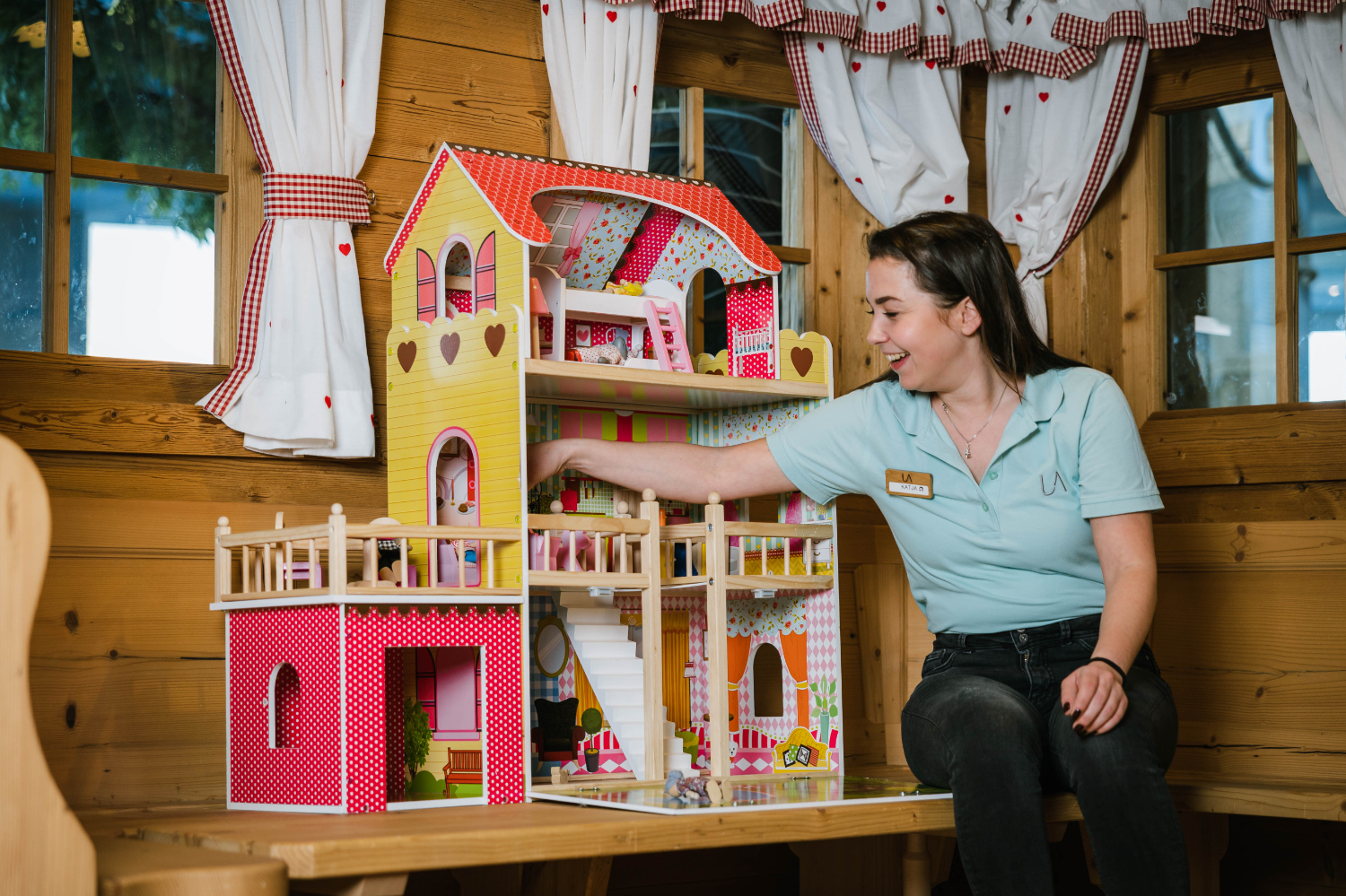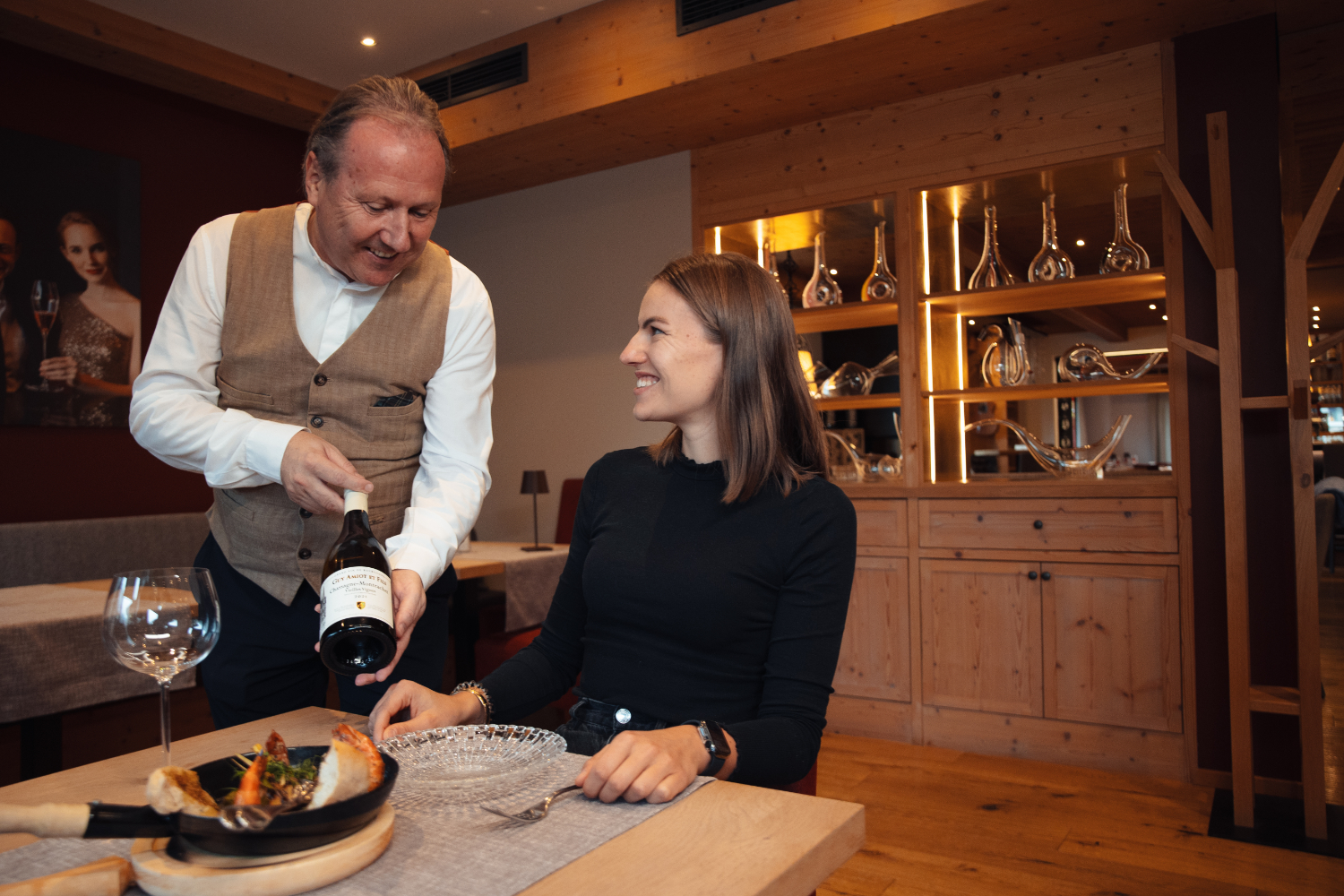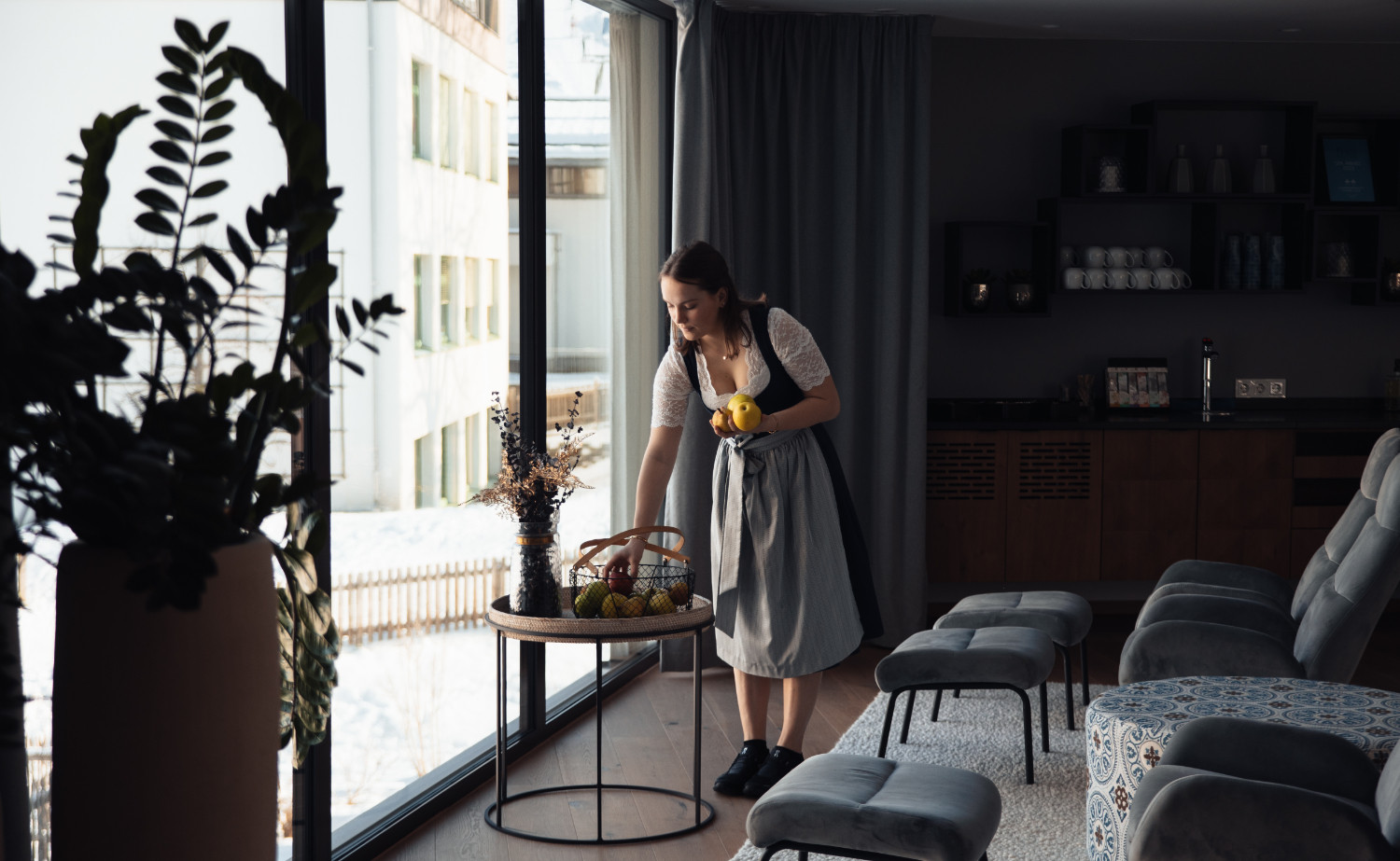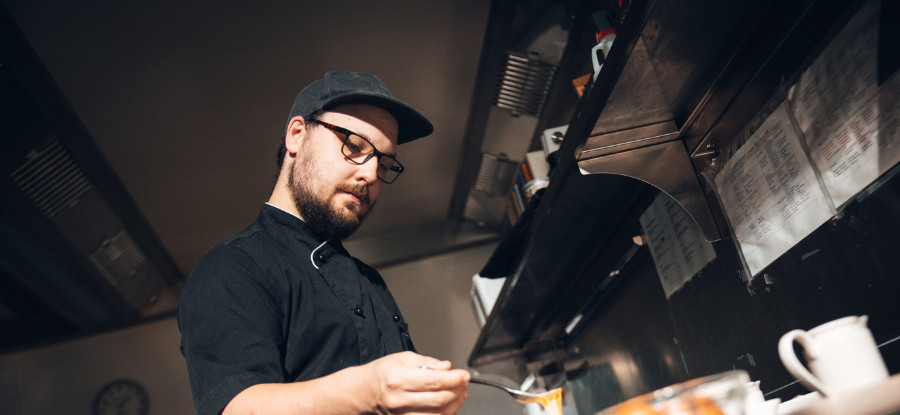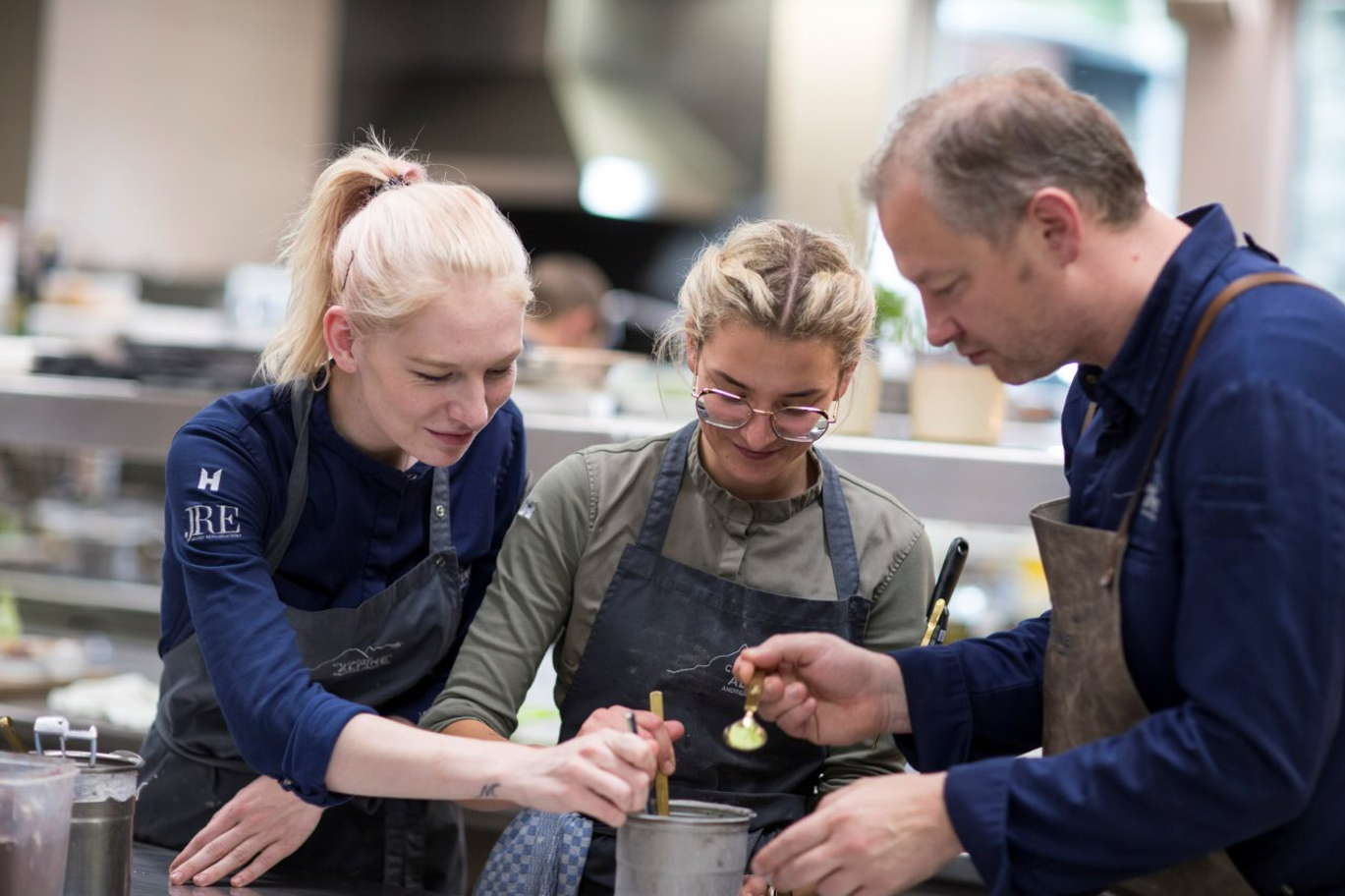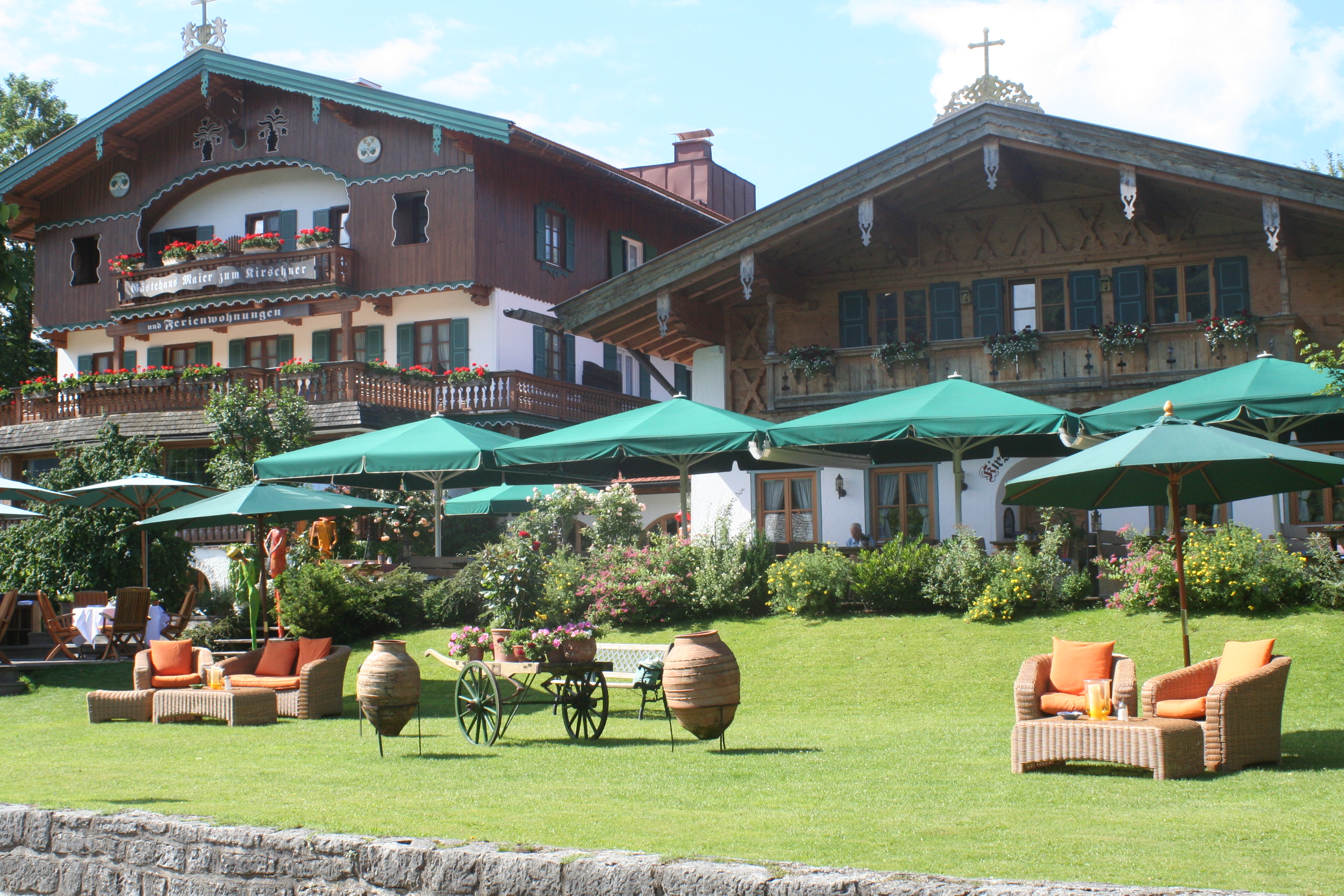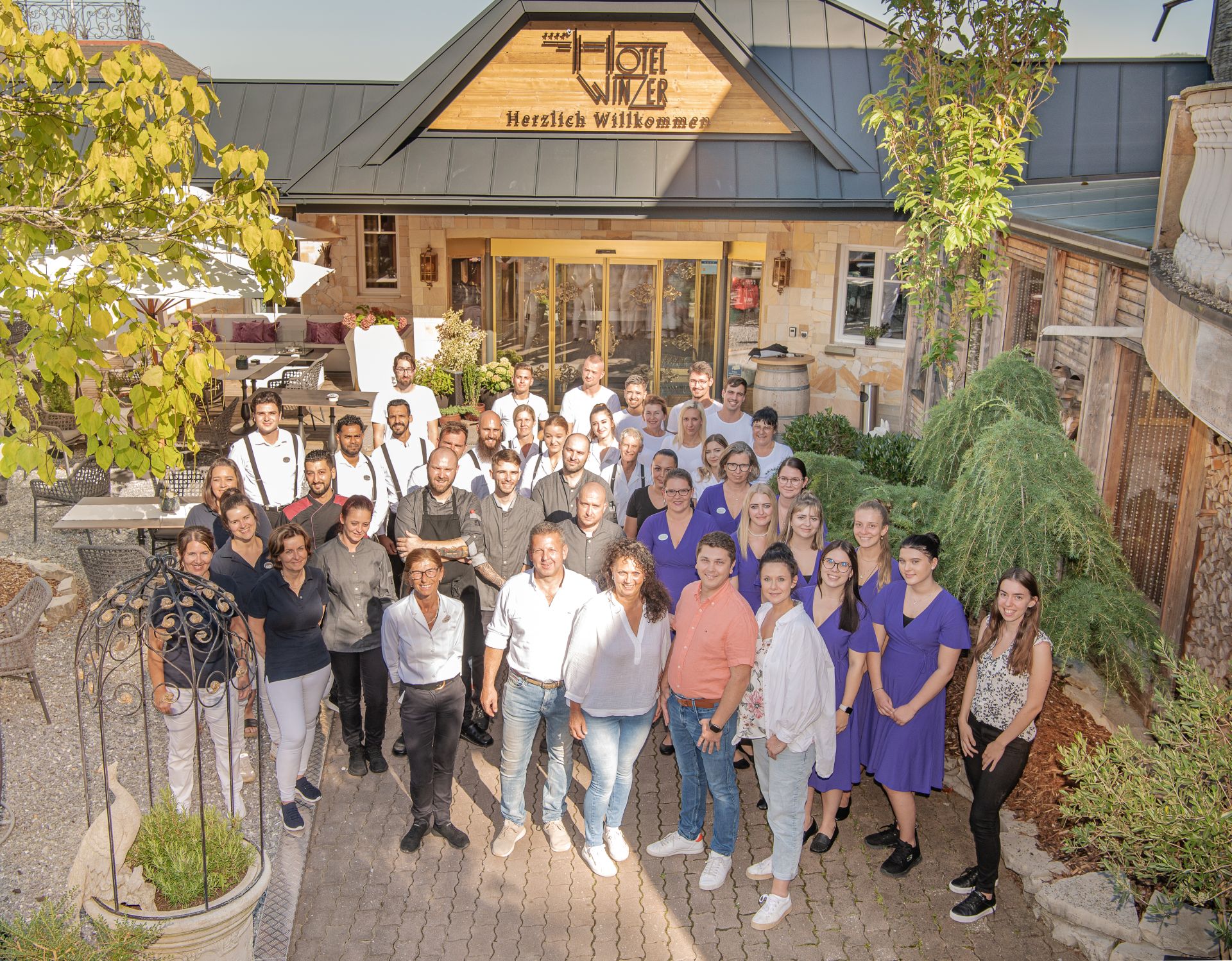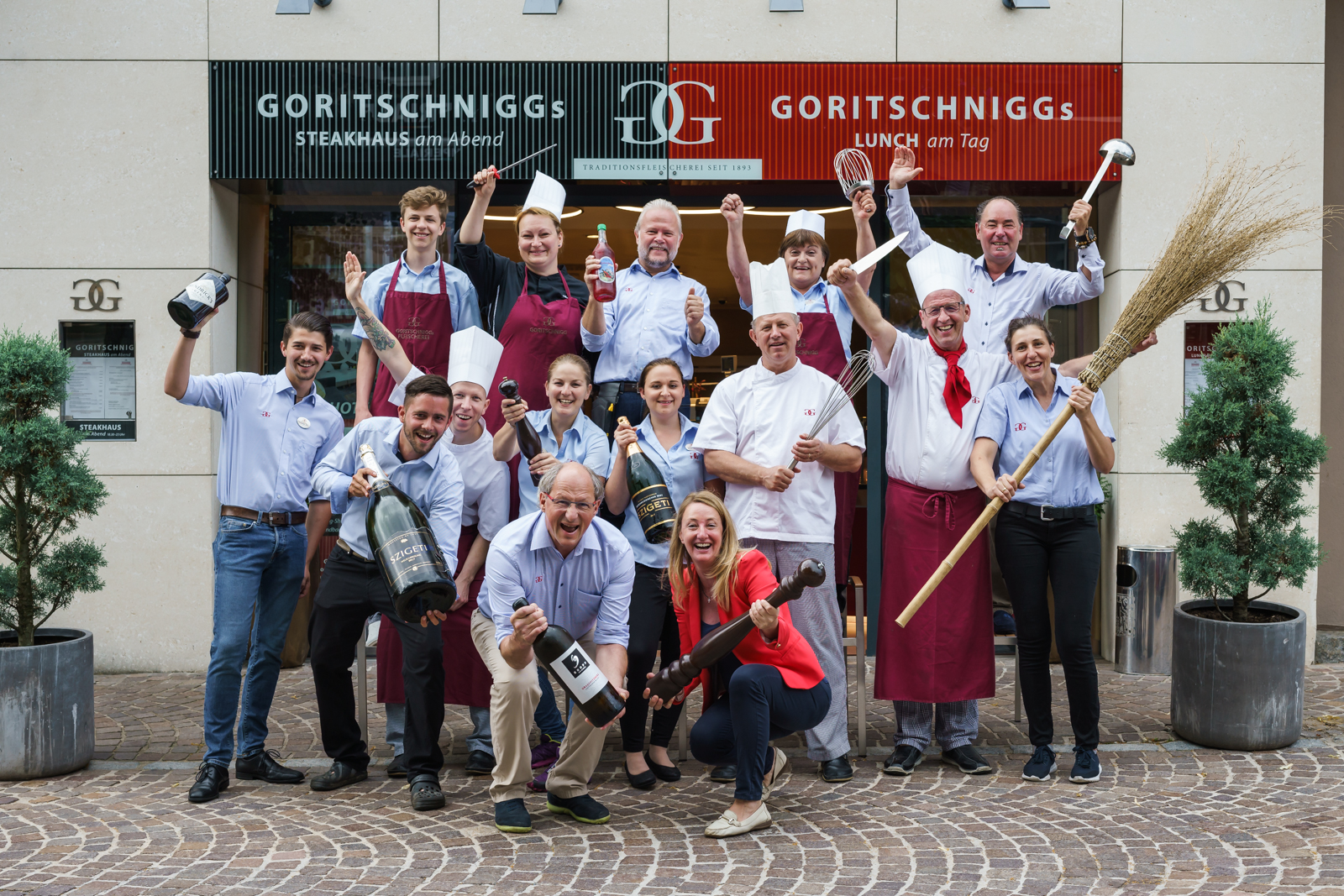
Cheese connoisseurs: From milk to a tasty product
The cheese specialists
It comes in different varieties and degrees of ripeness: cheese. Whether soft, hard or blue cheese with a red or white culture, inlaid in Trockenbeerenauslese with curd or cherry holes - cheese connoisseurs know all about the variety.
There are no less than four thousand types of cheese in the world, and three hundred in Austria. Are you interested in one of the oldest foods in the world? Then immerse yourself in the field of cheese connoisseurs and become a specialist in lactic acid bacteria, ripening and mold culture.
Training to become a cheese connoisseur
Do you want to know what is behind the terms lactic acid ripening, pricking, affinage or red culture? You'll find out in the state-certified cheese connoisseur course! From the history of cheese to its ingredients, production and the correct cutting technique: all these components are part of the 40-hour course.
A well thought-out calculation is important so that you can serve each guest the right cheese. A cheese connoisseur must be familiar with all flavour categories, types of ripening and enzymes such as rennet in order to be able to categorize the product accordingly.
The training also includes a visit to a dairy and the knowledge of how to make cheese yourself. During production, you can choose between two methods: the use of rennet or lactic acid bacteria. In most cases, however, both forms are combined.
Particularly aromatic cheeses are those that are mixed with mold cultures. Whether with a white mold culture like the classic Camembert or with a red culture like the delicious Red Monk with pear.
You absolutely must try this cheese: Taste the Kracher (petit)! This blue cheese has a particularly intense flavor and has been refined with a berry selection.
Fun fact 1: An average of 4 liters (for fresh cheese) or 13 liters (for hard cheese) of pasteurized milk or raw milk is needed for one kilogram of cheese.
Funfact 2: When presenting cheese properly on the trolley or in the bell jar, the cheeses are placed clockwise from mild to tangy. The mildest is always at 6 o'clock.
Funfact 3: The well-known Carinthian cheese noodles are not matured or grated cheese, but the typical crumbly cheese.
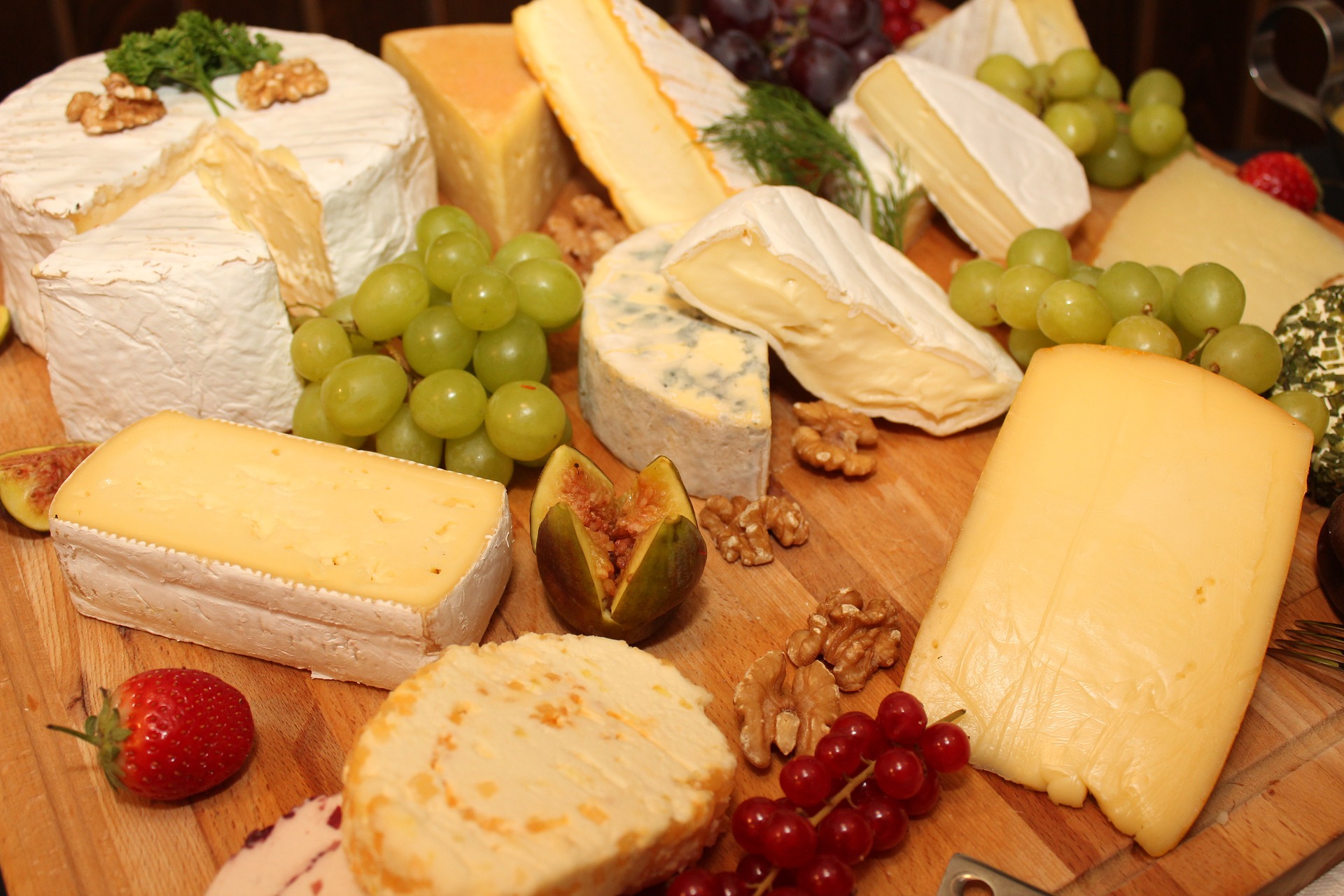
Written to practical: the exam
In principle, training to become a cheese connoisseur in Austria takes around 40 hours, followed by a written and practical examination. In the first part, the prospective cheese connoisseurs have to answer a questionnaire with 80 questions including a calculation example.
The next step is the practical and sensory examination. In the sensory part, a blind tasting of three types of cheese takes place. Then it's off to the cheese trolley. The candidates have to stock it with 20 different types of cheese.
Seven varieties are selected by a jury. The budding cheese connoisseur must describe the varieties, present and cut them professionally and select a suitable wine accompaniment. If the examination committee considers the candidate's knowledge to be good, there will be one more cheese connoisseur in Austria.
All in all, the cheese connoisseur is a luminary in the field of production, variety and processing. Fresh cheese should be presented and cut differently to hard cheese. Moreover, not every wine goes well with a sour milk cheese or processed cheese. Become an all-knowing cheese expert and advise your guests to the best of your knowledge!
